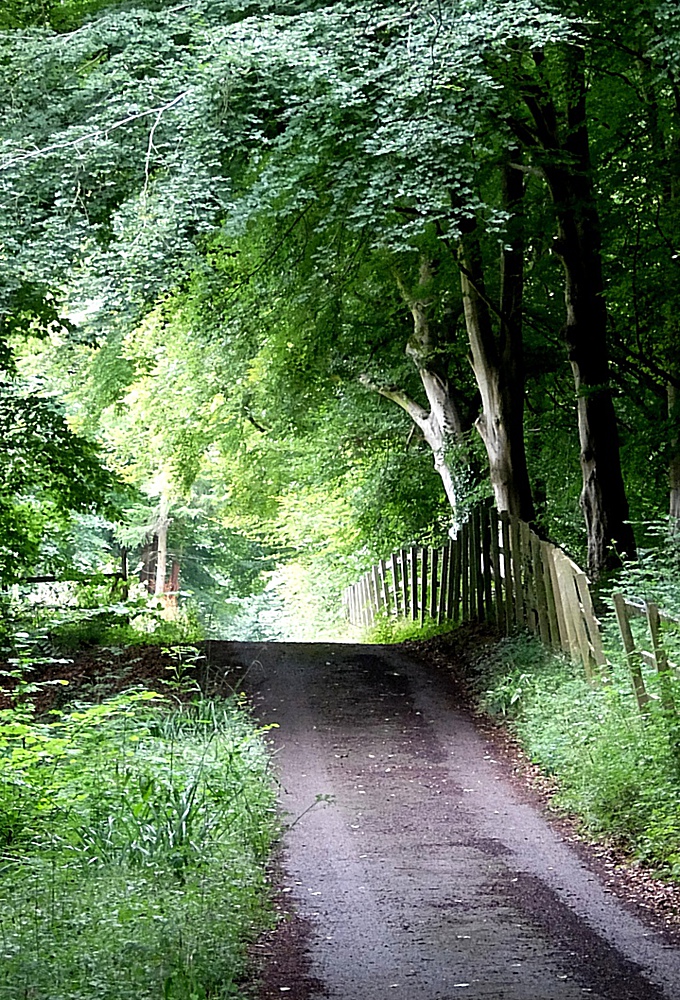Welcome to the Rudloe and environs website.
Here you will find news, articles and photos of an area that straddles the Cotswold Area of Outstanding Natural Beauty in north-west Wiltshire.
Contributions in the form of articles or photos are welcome. Even those with completely contrary views to mine!
Thanks to the website builder 1&1 and Rob Brown for the original idea.
Rudloescene now, in January 2014, has a sister, academic rather than anarchic, website about Box history here: http://www.boxpeopleandplaces.co.uk/
It contains thoroughly professional, well-researched articles about Box and its people.
Contact rudloescene through the 'Contact' page.

This walk on Sunday 26th July 2020 could have been called Commons in the Time of Covid as it centred on two commons, Box Hill and Wadswick. The area around Box Hill Common, the Quarrymans and Quarry Wood was as I have never seen it before - there were people everywhere - it was like a holiday village. This must be a result of Covid-19.
Some hours after my visit to Box Hill Common, I met an acquaintance in Tim Barton's fields who said that she had just passed through the common and saw no people but a lot of litter. And talking of Tim Barton, a fenced parking and turning area has been created at the 'top end' of Quarry Wood apparently to make clear where the footpath and bridleway are in the wood; the fencing was pulled down twice within a week. It seems that Covid has visited upon us an array of badly-behaved tourists.
The title picture shows the drive of St Patrick's (a private house) at Washwell on the Devizes Road taken on the return leg of the circular route Rudloe, Boxfields, Box Hill Common, Quarry Wood, Barn Piece, Box (the Queen's for a pint), Devizes Road, Wadswick Common, Thorneypits, Boxfields, Rudloe.
